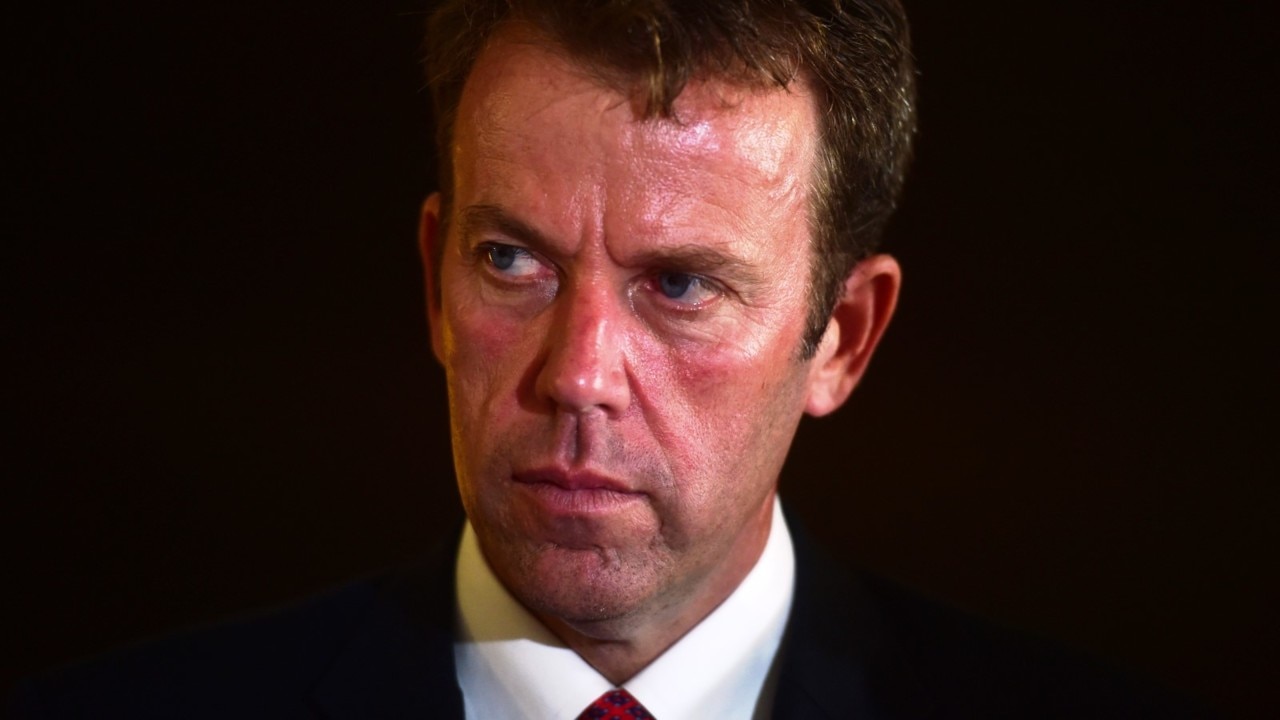Australian Institute of Architects and Master Builders SA raise serious concerns over move of Year 7 to high schools by 2022
The move of Year 7 into high schools by 2022 is at risk because the state’s huge public school upgrade program is plagued with severe cost underestimates, mistakes, delays, and wrong priorities, key industry groups say.

SA News
Don't miss out on the headlines from SA News. Followed categories will be added to My News.
- 10 SA high schools building a bright future
- How to get the most out of your Advertiser digital subscription
The move of Year 7 into high schools by 2022 is at risk because the state’s huge public school upgrade program is plagued with severe cost underestimates, mistakes, delays, and wrong priorities, key industry groups say.
Both the Australian Institute of Architects and Master Builders SA have raised serious concerns over the State Government’s planning and budgeting for school capital works.
Both organisations says what should be a four or five-year program is being squeezed into two for the political imperative of moving Year 7s before the next election, with the crunch of projects hitting the tender market together set to inflate costs.
An internal “key issues” document by the architecture body’s SA chapter says “scope significantly exceeds the available budget on most projects”.
Executive director Nicolette Di Lernia told The Advertiser the worst case she knew of was a $9 million underestimate.
She said the usual 16-week design and documentation period for architects working on Education Department projects had been cut to 10 weeks, affecting quality.
Ms Di Lernia said meeting the shorter deadlines was made harder by serious mistakes in the Education Department’s project briefs, including the omission of demolition costs and failure to account for specialist learning areas and the space needed for fundamental features such as stairways and lifts.
“We can only do so much magic and compression before we have serious impacts on the quality of the outcomes,” Ms Di Lernia said, adding underestimation of time needed for planning had led to “the kind of scramble we’re seeing at the moment”.
She said the process was further delayed by having to deal with principals who were disappointed that the briefs had been altered to focus on capacity for Year 7s at the expense of other new facilities, which had not been clearly communicated to schools.
“This is not about schools asking for more than they are entitled to,” she said.

Ms Di Lernia stressed the institute strongly supported the policy to move Year 7 but said the Education Department and the Transport, Planning and Infrastructure Department (DPTI) needed to work much better together “to get this properly turned around”. The institute has raised its concerns with both departments.
The Education Department lists around 100 schools, primary and secondary, that are in line for “major” upgrades, ranging from $2 million to $39.5 million. They are various stages of planning, design and procurement. Many of the high school projects including extra capacity for taking on Year 7s.
The Institute of Architects’ document says that procurement of projects “not critical to the transition of Year 7” is placing “unnecessary pressure” on the “already marginal” timeline.
It also says finalised project documents are not being released to tender for up to three months.
Master Builders SA wrote to DPTI on September 20 complaining that new eligibility rules for builders, focused more on previous turnover than profitability, meant some who had won school contracts before would no longer be allowed to tender.
“With such an ambitious timeframe for delivery, limiting the pool of capable and available builders will not help,” CEO Ian Markos wrote.
Mr Markos wrote that the tight deadlines combined with SA’s serious skills shortage meant local subcontractors would up their prices, with flow-on effects to private sector developments. It was also “likely” interstate subcontractors would have to be brought in to cope with the amount of work.
Master Builders SA did not wish to comment except to say some of the issues had since been addressed.
MORE NEWS
Adelaide High girls wins national songwriting competition: SEE THE VIDEO
10 SA high schools building a bright future
Giant interactive mural at St Aloysius’ College: SEE THE VIDEO
Opposition Education spokeswoman Susan Close, who obtained the documents, said it was “simply not acceptable that parents are now unsure if their child will be in a high school or a primary school for the 2022 school year”.
“Will Year 7s be sitting in (high school) libraries and gyms instead of classrooms, in the middle of building sites?” she said.
“It is bad enough that they cut Labor-funded projects for new school facilities, in order to repurpose the money to move Year 7s to high school, but their decision to rush this change has now put the entire project at risk.”

Education Minister John Gardner said the projects needed for the Year 7 move were being prioritised and would be completed “in good time ... to ensure a smooth transition at the beginning of the 2022 school year”.
Mr Gardner was confident projects had been “costed appropriately” and said feedback from builders and architects had been “extremely positive”.
“The entire $1.3 billion capital works program presents enormous opportunities for the construction industry, will create jobs and grow the South Australian economy,” he said.
Construction of the first round of projects will begin early next year.
Questions to DPTI were referred to Planning Minister Stephan Knoll’s office, which said project scheduling considered factors such as the condition of current school buildings, as well as the Year 7 move.
Tenders were being released “in a timely fashion” and DPTI was giving industry groups and builders “the best forward supply of information”, while a “prequalification” system was used to ensure builders had suitable expertise and financial capabilities.
